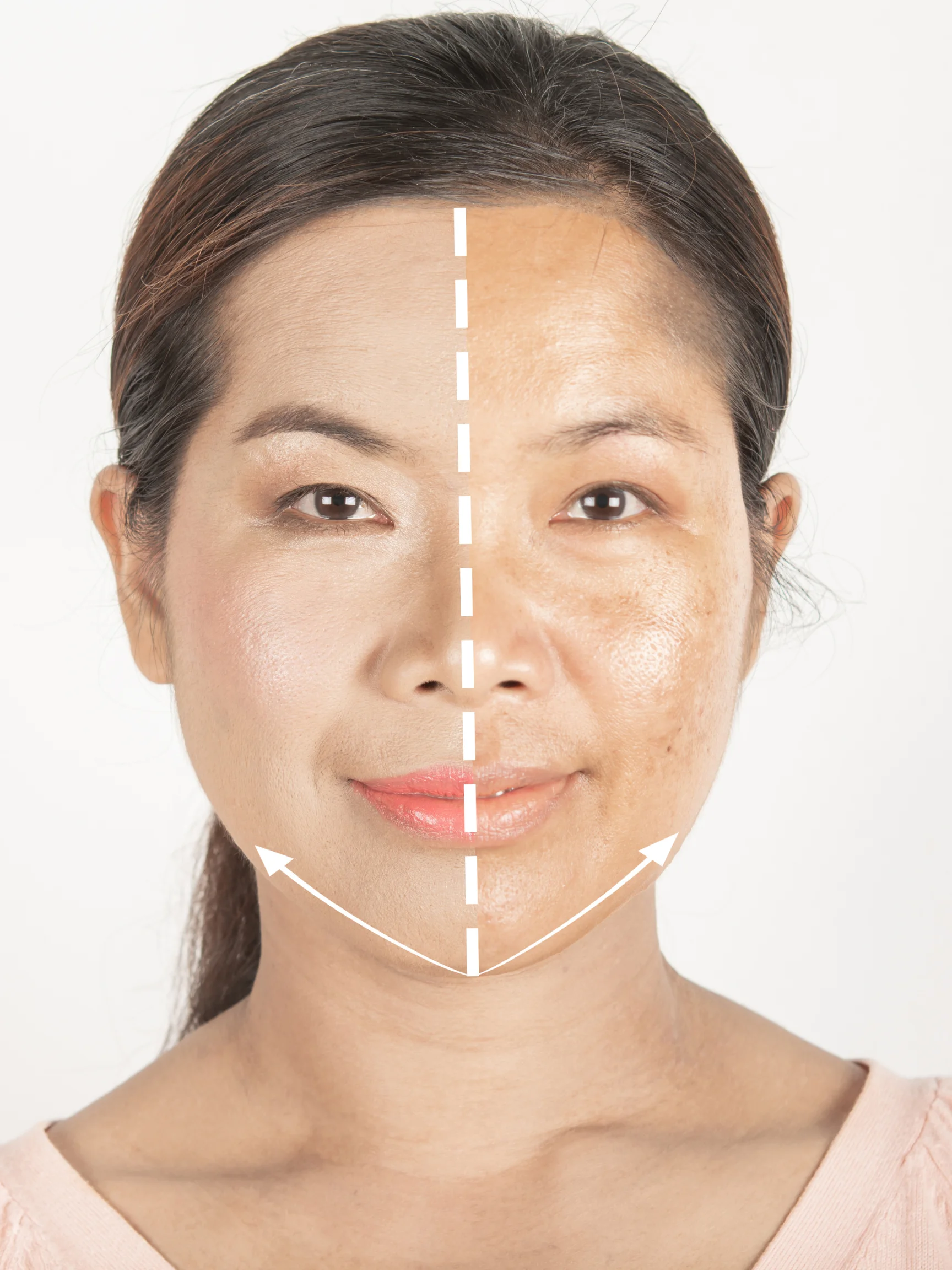
Cause of Uneven Skin Tone
Signs and Symptom
At FCP Dermatology we offer a wide range of surgical and cosmetic Dermatology services, in a 5-star luxury setting.
- +1 (416) 861-8600
- Contact via Email
Uneven Skin Tone
Carbon Peel
PICO Laser Therapy
Natural Green Peel Facial
Topical Creams
Treatment Options
When it comes to addressing uneven skin tone, there are several treatment options available to help achieve a more balanced complexion. Consulting with a dermatologist can help determine the most suitable treatment approach for addressing uneven skin tone effectively.
- Carbon peel, which utilizes carbon particles to exfoliate the skin and reduce pigmentation.
- PICO laser therapy, which targets pigmented areas with high-intensity light pulses to break down melanin and even out skin tone.
- Green peel, a herbal-based exfoliation treatment, can help improve skin texture and reduce discoloration.
- Topical creams containing ingredients like hydroquinone or retinoids.
Uneven skin tone
Choosing the Right Treatment

Recovery and Results
After undergoing treatment for uneven skin tone, it’s important to understand what to expect during the recovery process. Depending on the type of treatment chosen, there may be some expected downtime, during which the skin may appear red, swollen, or sensitive. However, these side effects are usually temporary and subside within a few days to a couple of weeks, depending on the treatment intensity. It’s essential to follow post-treatment care instructions provided by your Dermatologist to help minimize discomfort and promote optimal healing. As for the results, improvements in skin tone and texture can typically be seen gradually over time, with the full effects becoming more apparent in the weeks following treatment. While individual results may vary, most people experience a more even complexion and smoother skin texture, enhancing their overall appearance and confidence.
Safety Considerations

Maintaining Results
